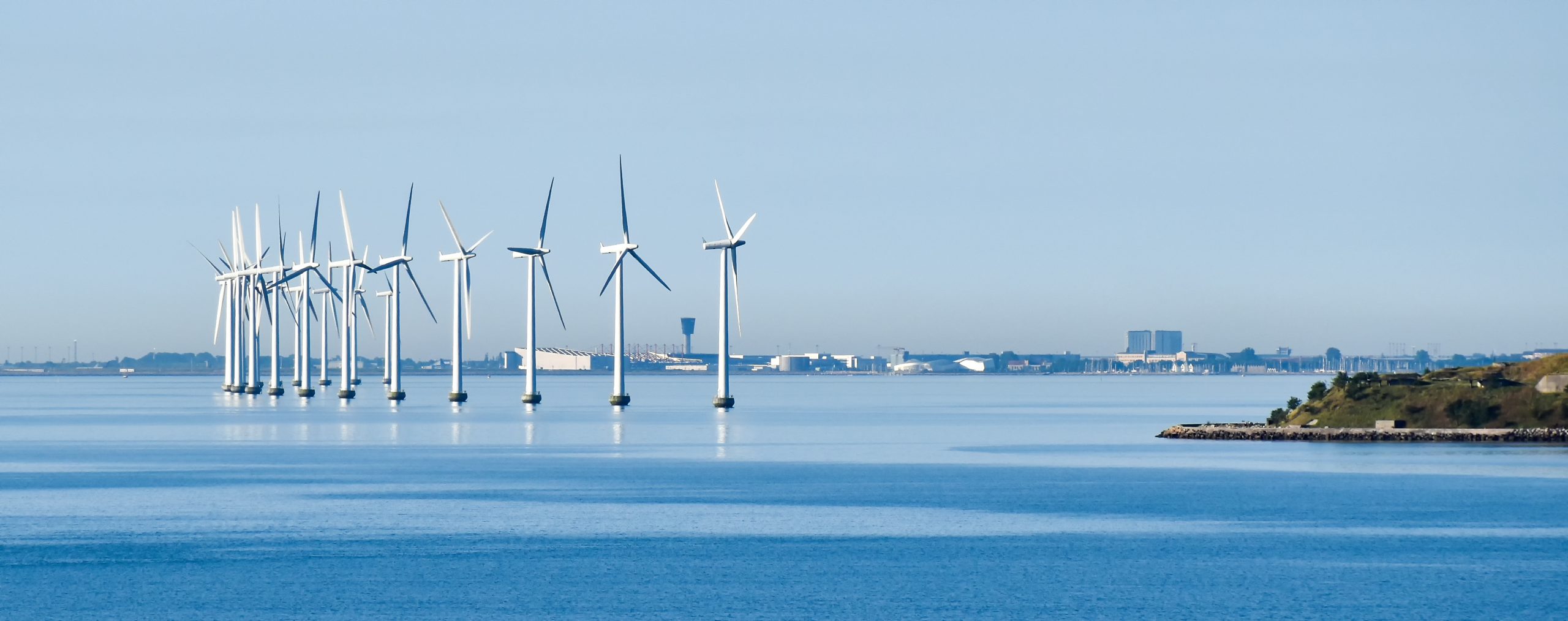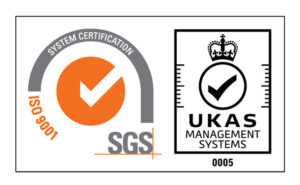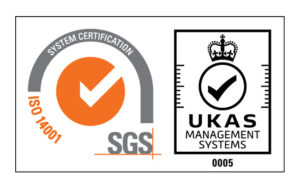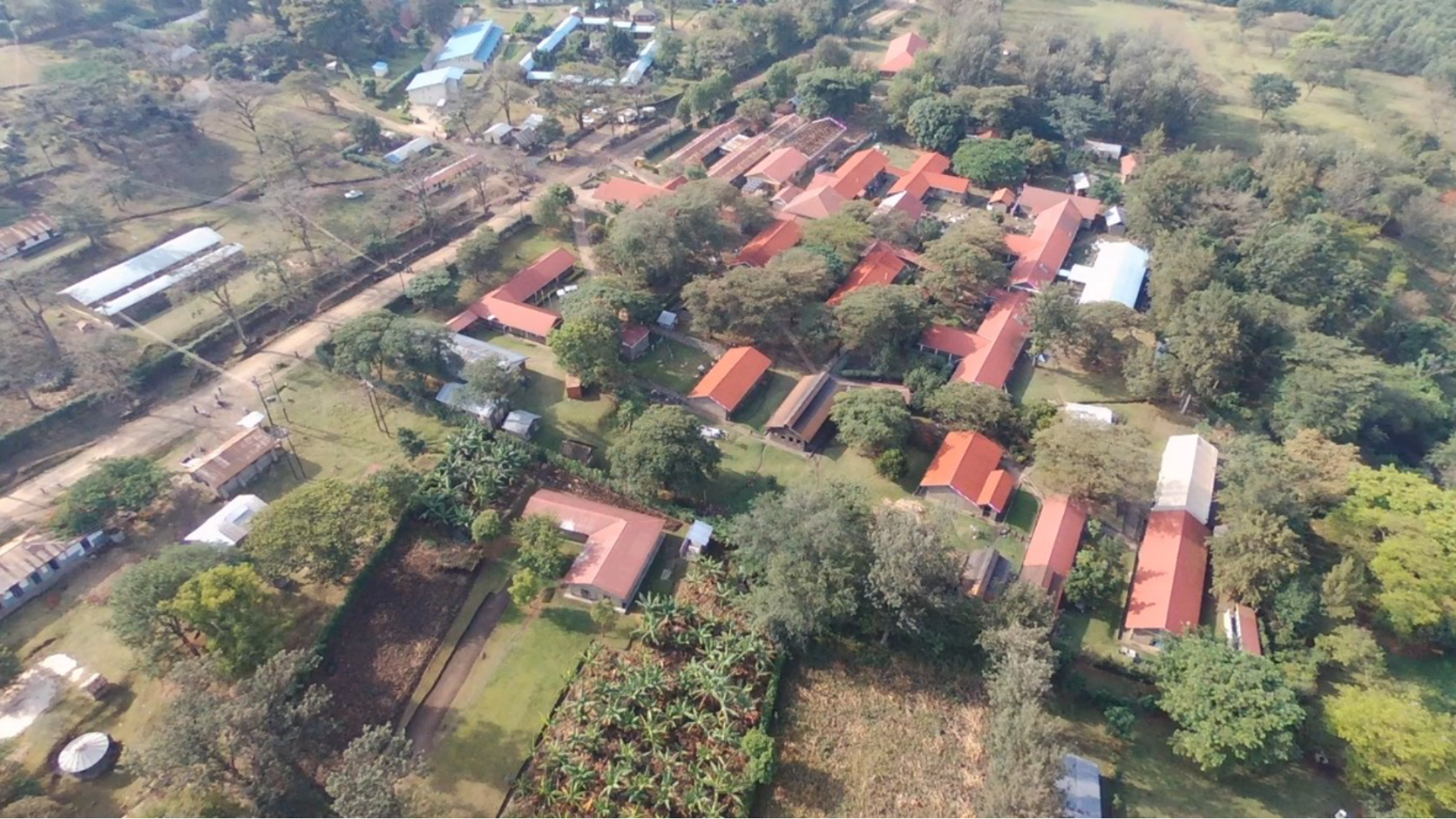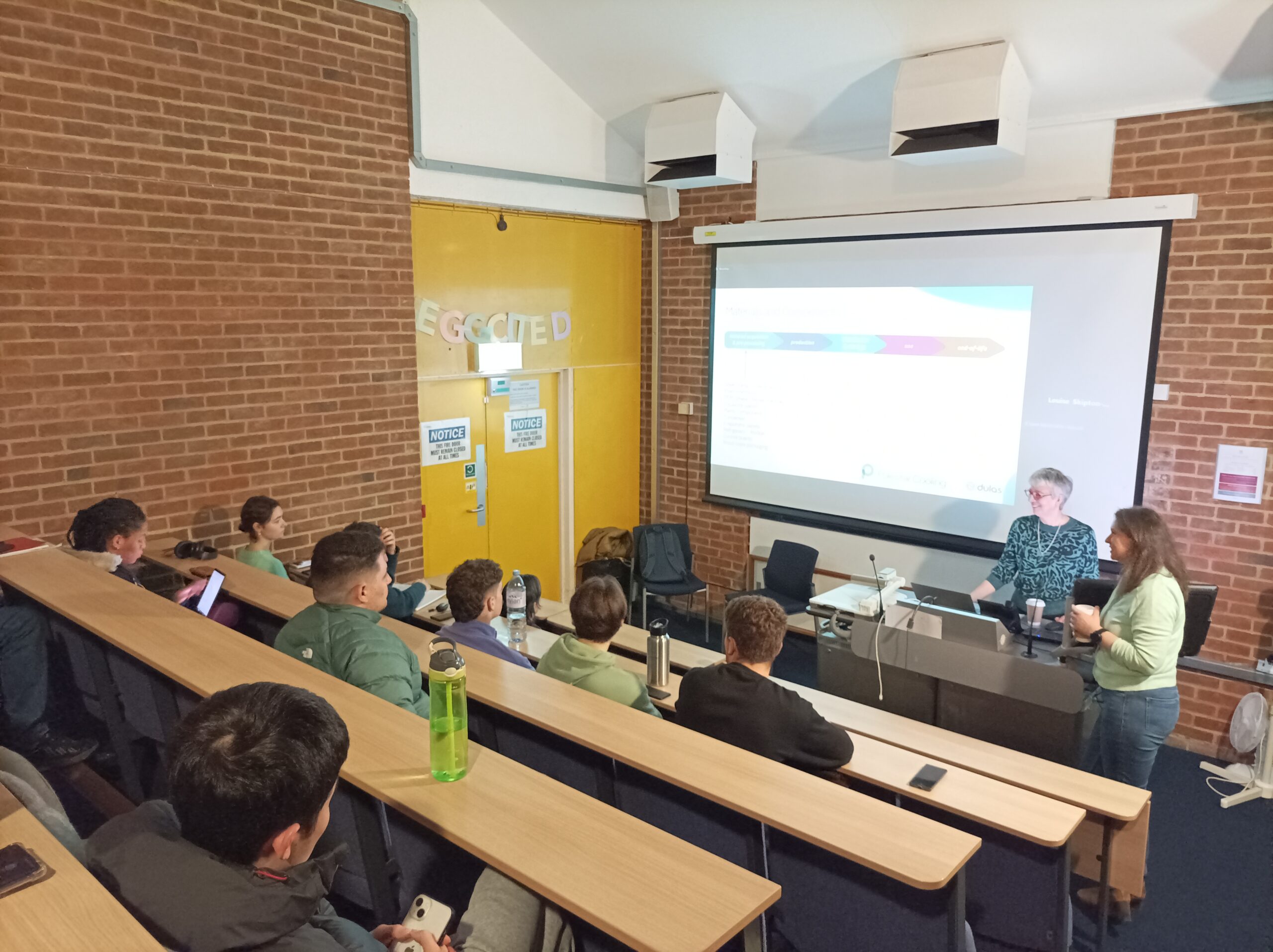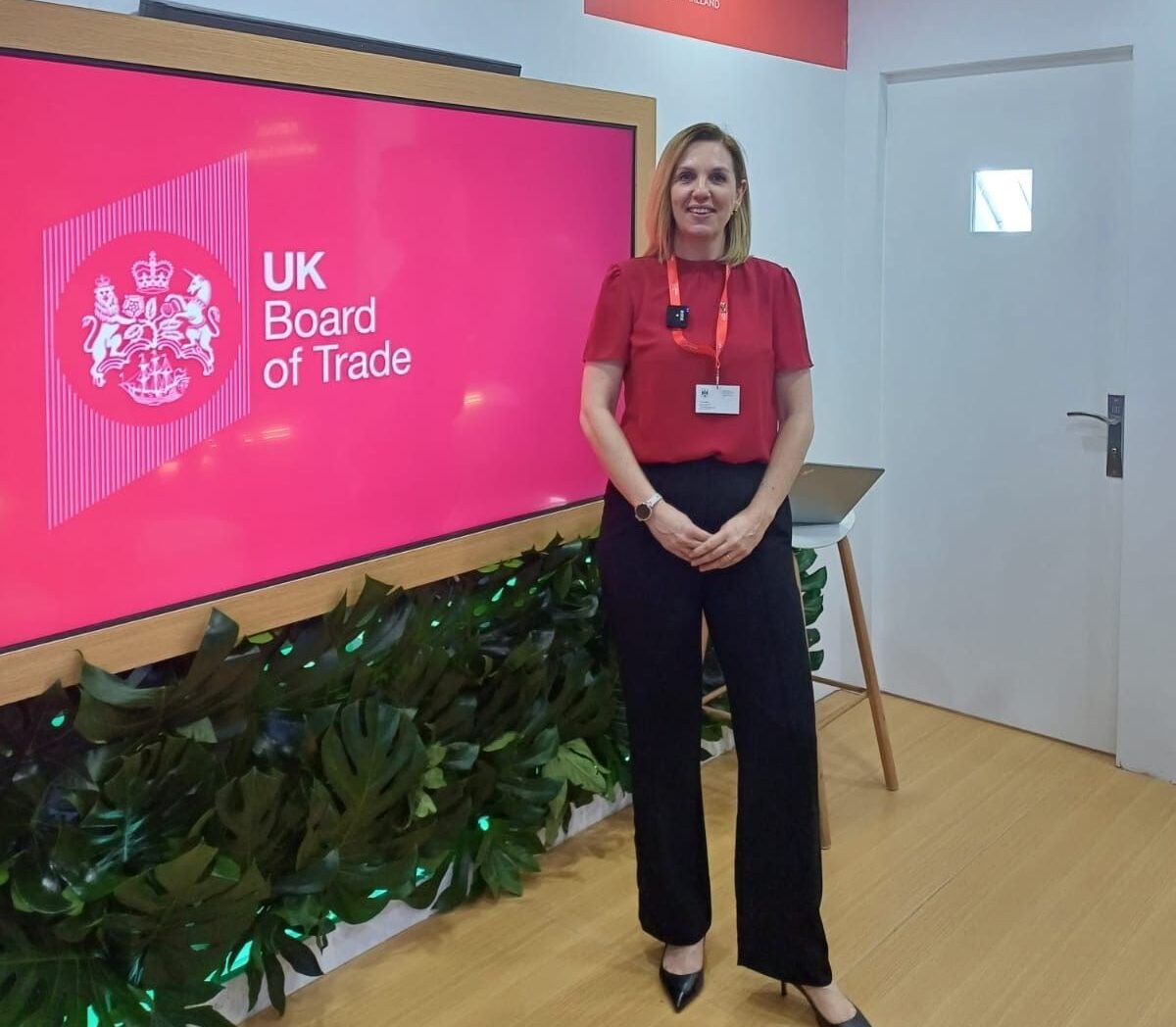Dulas took part in an offshore wind trade mission to Cork in January, organised by British Embassy Dublin. The trade mission showcased what the UK supply chain has to offer the burgeoning wind industry in Ireland. As part of the string of events, Wind Energy Ireland gave us an insight into Ireland’s offshore ambitions where the ambition of some 5GW development by 2030 was outlined. Attendees also visited the national research facilities of MaREi (SFI Research Centre for Energy, Climate and Marine) and completed a tour of their testing tanks where several interesting projects related to wave and tidal energy are being undertaken. Finally, the Cork Chamber of Commerce kindly hosted an evening gathering which was an excellent opportunity to meet key stakeholders from the wider Cork offshore and onshore wind ecosystem and discuss opportunities for collaboration and a shared greener future. The sense of Cork becoming a growing and dynamic place to develop Ireland’s offshore ambitions was palpable to everyone in the room.
Offshore wind in Ireland has significant growth potential
With its long coastline and strong winds, Ireland is an attractive location for the development of offshore wind farms, and has significant potential for growth. Currently, there are only a few operational offshore wind farms in Ireland, but there are plans to develop more in the coming years. The largest operational wind farm is the Arklow Bank Wind Park, which has seven turbines with a total capacity of 25 MW. In addition to this, Codling Wind Park is expected to have a capacity of up to 1.5 GW once completed.
The Irish Government’s target of 5GW of offshore wind energy capacity by 2030 will require a huge increase from Ireland’s existing capacity. Policies and incentives have been put in place to support the development of offshore wind projects and significant interest exists from international investors with several large-scale projects in development. The Irish grid is currently undergoing significant upgrades to accommodate the growth of renewable energy, but there is still a need for additional investment in grid infrastructure to support the development of large-scale offshore wind projects.
Cork’s maritime heritage
Cork was the natural setting for the trade mission. Its natural harbour (the second largest in the world), deep-water channels and deep-water berths mean that it is well set to be a key enabler of the offshore wind sector. Geographically, it has the potential to support offshore projects in the Celtic Sea, Irish Sea and the wider Atlantic. As the maritime capital of Ireland, with centuries of maritime heritage, Cork can build on existing maritime and energy infrastructure. Cork Harbour is in the process being transformed into an offshore renewables hub, with 200m of investments and plans already underway.
A mix of bottom-fixed and floating structures
Whilst bottom-fixed turbines have so far been the norm, rapid developments in floating foundation technology are opening new markets, where floating foundations can be deployed in waters from circa 60m to 1000m depth. Floating wind has many benefits over the traditional bottom-fixed technology, such as higher capacity factors, being less visually impactful and less environmentally intrusive.
A recent assessment of the Celtic Sea showed the potential for the development of up to 50GW of floating offshore wind capacity. This would be a significant contribution towards the goal of 450GW of offshore by 2050 that the European Commission has set. There are currently five floating wind projects (3.1GW) proposed for the Irish and UK parts of the Celtic Sea. The development of these and other projects will depend on grid upgrades, government support and other factors.
Getting projects to fruition
It is anticipated that future deployment of floating wind at scale would drive the cost of domestic electricity down and make a significant contribution to net zero targets. Furthermore, existing or proposed future interconnectors (such as the €1 billion Celtic Sea interconnector to France due to come onstream 2026) could open up export markets. Naturally, lots of factors need to be aligned for these projects to come to fruition, including measuring and maximising the potential of such sites and raising the requisite finance to make them viable.
Wind measurement
Wind measurement will be one of the key services required in the early days of such projects. Data collection and analysis in the development stage of wind projects needs to be efficient, easy and expedient. Dulas’ team of IRATA-3 trained engineers provides a complete installation and maintenance service for offshore wind measurement equipment. We can offer WindCube LiDAR measurements from Vaisala using either their vertical profilers or the advanced Scanning LiDAR which can measure wind speeds at distances of up to 10km. In addition, Dulas continues to offer expert management of client-owned SoDAR and LiDAR systems, including deployment, storage and data processing for power curve testing.
“This was a very inspiring trip and we thoroughly enjoyed meeting so many like-minded businesses looking to harness the power of natural resources on our doorstep to make cleaner, greener energy, which is more affordable, reliable and sustainable in the long run. We think floating wind will play a major role in reaching ambitious offshore targets and the Celtic Sea, with maritime support from the City of Cork, presents an opportunity for Ireland to prove this. Reliable resource and performance data will also be a key part of the long-term success of these projects – our wind monitoring teams are raring to go.”


